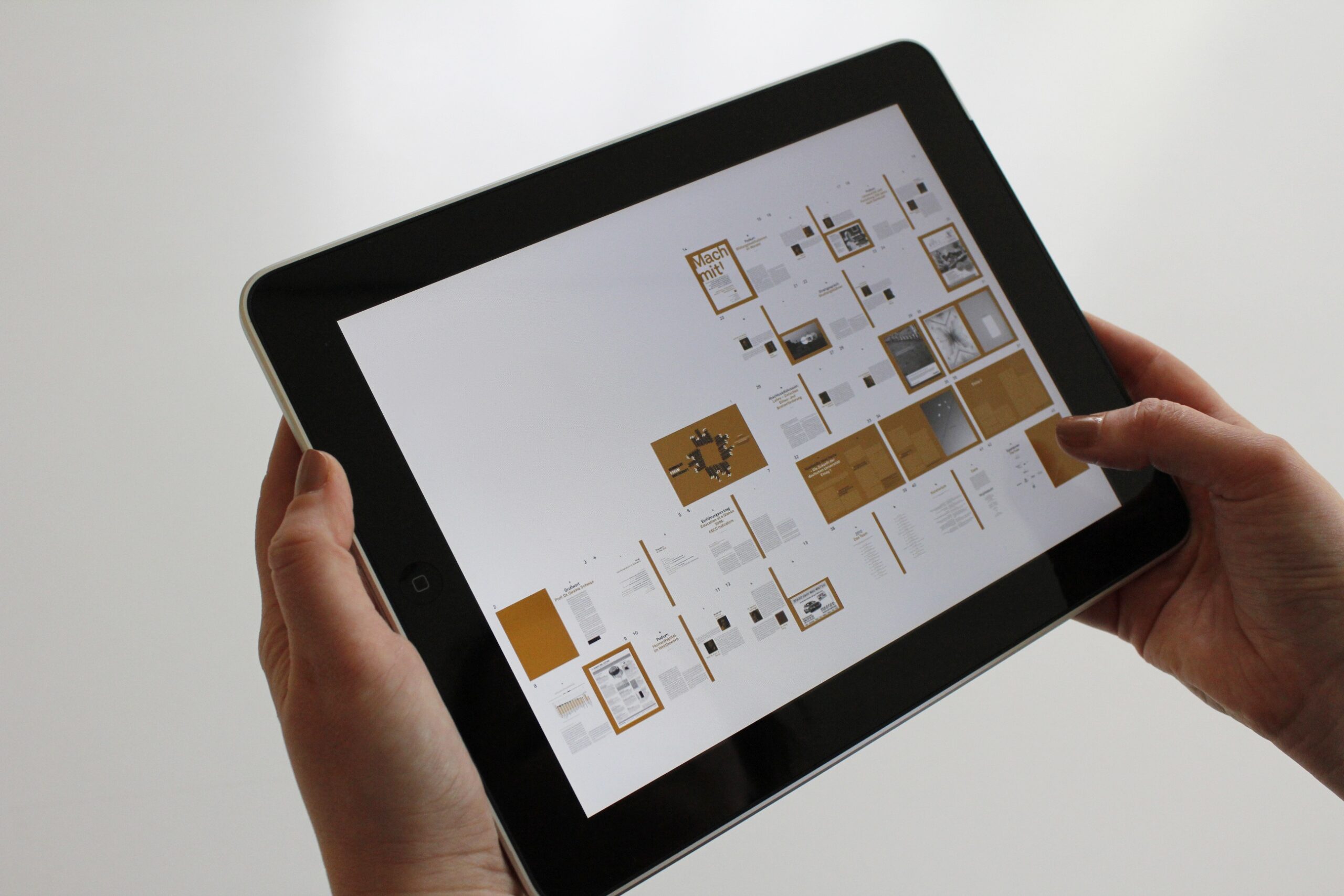Too many associations struggle to provide consistent intra-organizational communications without compromising on chapter autonomy. Basically, we’ve seen two different structural approaches.
The top-down approach, when local chapters have little to no individual autonomy. Maybe they operate their own social media accounts. Typically, they’ll have a website—or, more appropriately, a “web presence”—that’s handled by national.
The laissez-faire approach, when local chapters are left to their own devices. Unfortunately, this can get messy. Without a unified voice and vision, communications across association properties will often lack consistency.
In both cases, there are missed opportunities. Lots of them. The top-down approach deprives chapters of their local voice and autonomy. I’d go so far as to say that it paralyzes them. The laissez-faire approach, on the other hand, results in stranded organizational bodies and contradictory messaging, which can confuse and discourage members.
That’s why it’s so important to adopt a holistic method, one that effectively integrates local chapters without sacrificing their independence. Thankfully, it can be done, and with minimal resources.
Your Communications Document
Call it a plan, a strategy—honestly, call it whatever you’d like.
The point: to have a document that clearly outlines your association’s overarching goals, its mission, corporate plan, and so on. And don’t forget to include a branding guideline, detailing exactly how brand assets should be implemented locally; and a social media policy, including which social media platforms your chapters should be on, and how they should be handled.
Your chapters should be referring to this document at all times. It can be as concise or comprehensive as you’d like it to be. But remember: its purpose is to provide your organization with underlying structure. With a solid foundation from which it can operate. Consistency. In doing so, your communications document will ensure that each distinct entity is a recognizable part of the whole.
If you’ve done the work, you’ll quickly notice that your chapters are doing a better job at extending your reach into their respective communities and promoting your organization. A win-win.
Though it sounds counterintuitive, by creating a defined set of rules for your chapters, they’ll actually be more autonomous. I know… doesn’t make much sense, but here’s why: Chapters, especially when it comes to using social media, tend to be very cautious. They don’t want to step on anyone’s toes or miscommunicate.
A lack of structure prevents them from taking advantage of the powerful tools that are out there. Tools which can enrich local communities, drive engagement, and, in doing so, benefit the overall health of your community.
Managing Chapters
It’s best to empower chapters with tools that let them manage themselves online, instead of doing it from the top down. You’re probably wondering if such tools exist. Well, they do. We graded four of the best membership management systems in the biz. Turns out that two of them, StarChapter and NationBuilder, offer chapter-friendly products. These are definitely worth looking into.
For the purpose of this piece, we’re only going to talk about NationBuilder. While StarChapter is great (and extremely easy to use), it’s also designed specifically for chapters, not parent organizations.
NationBuilder is our go-to community organizing system. One of the reasons: its scalability. Parent associations can easily create their own “nation”—a website with high-conversion action pages; a database containing their people; an email blasting tool; a finance tab… The list goes on.
Once you have a nation, it’s easy to add additional sub-nations, i.e. local chapters. Sub-nations give local chapters the functionality and autonomy of a nation—but one that’s connected to and integrated with their parent organization.
You can easily share custom themes and branding with sub-nations, auto-import contact details from their database, post bulletins for association-wide communications, and search their contacts. The best of both worlds, you could say.




